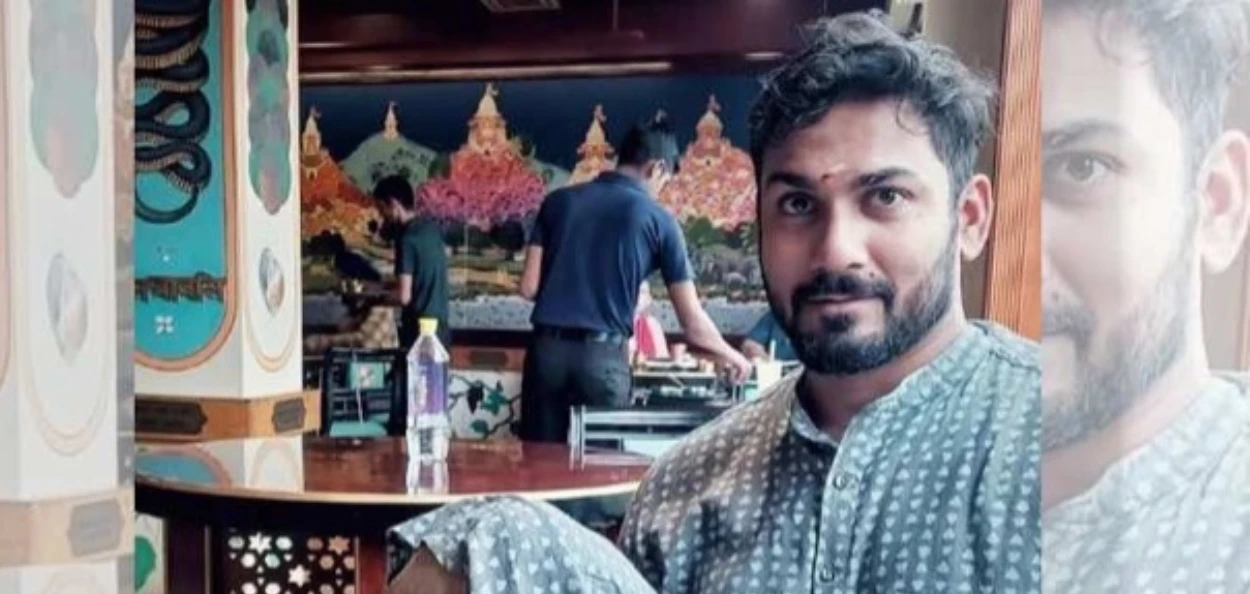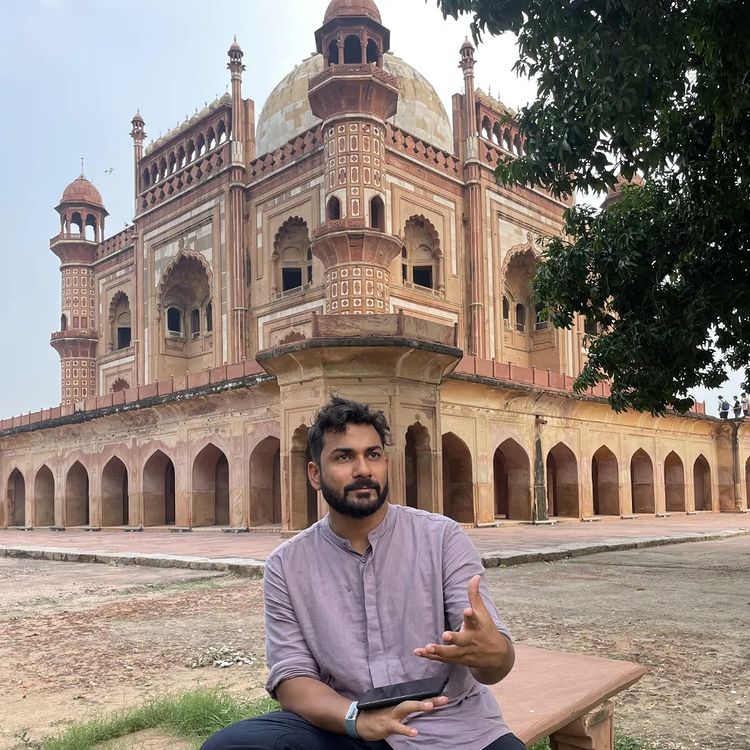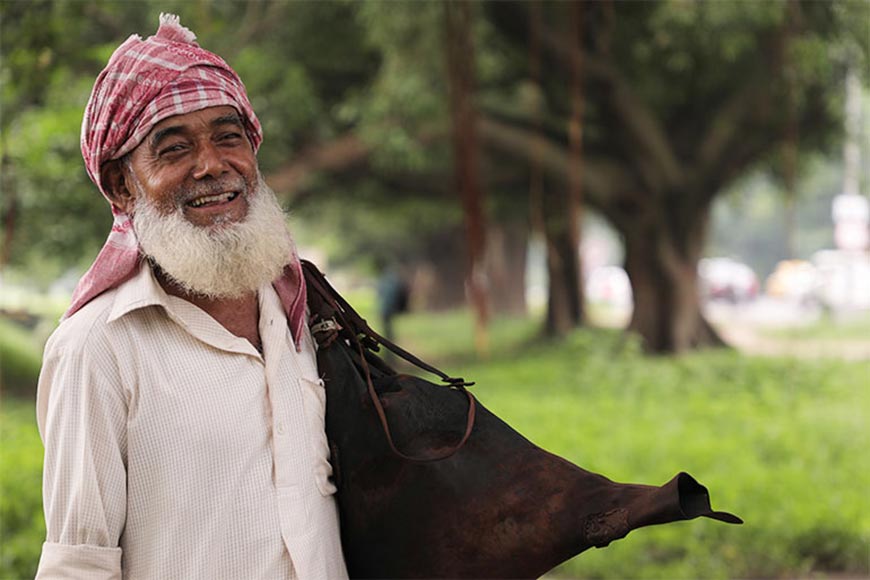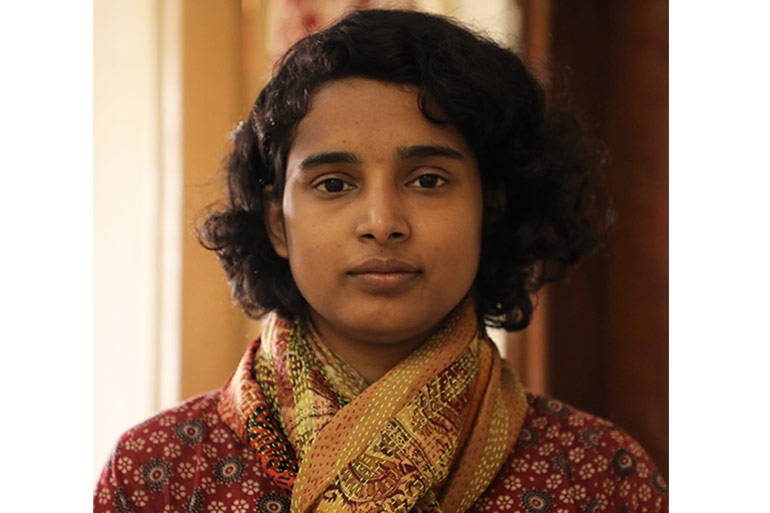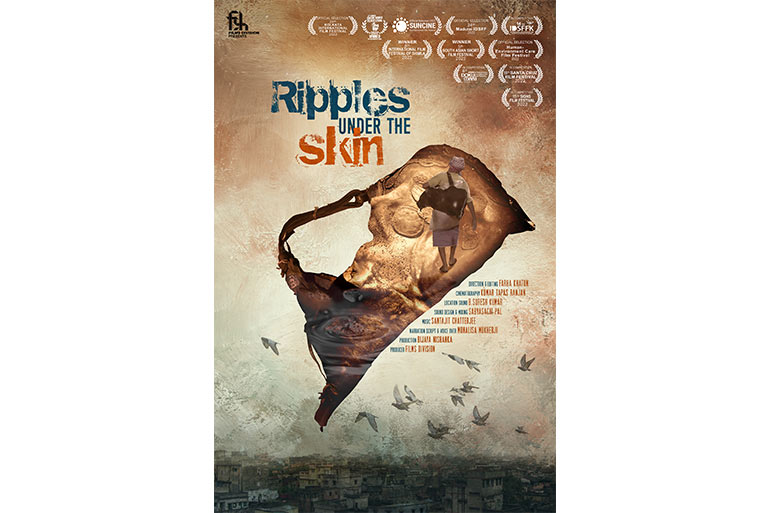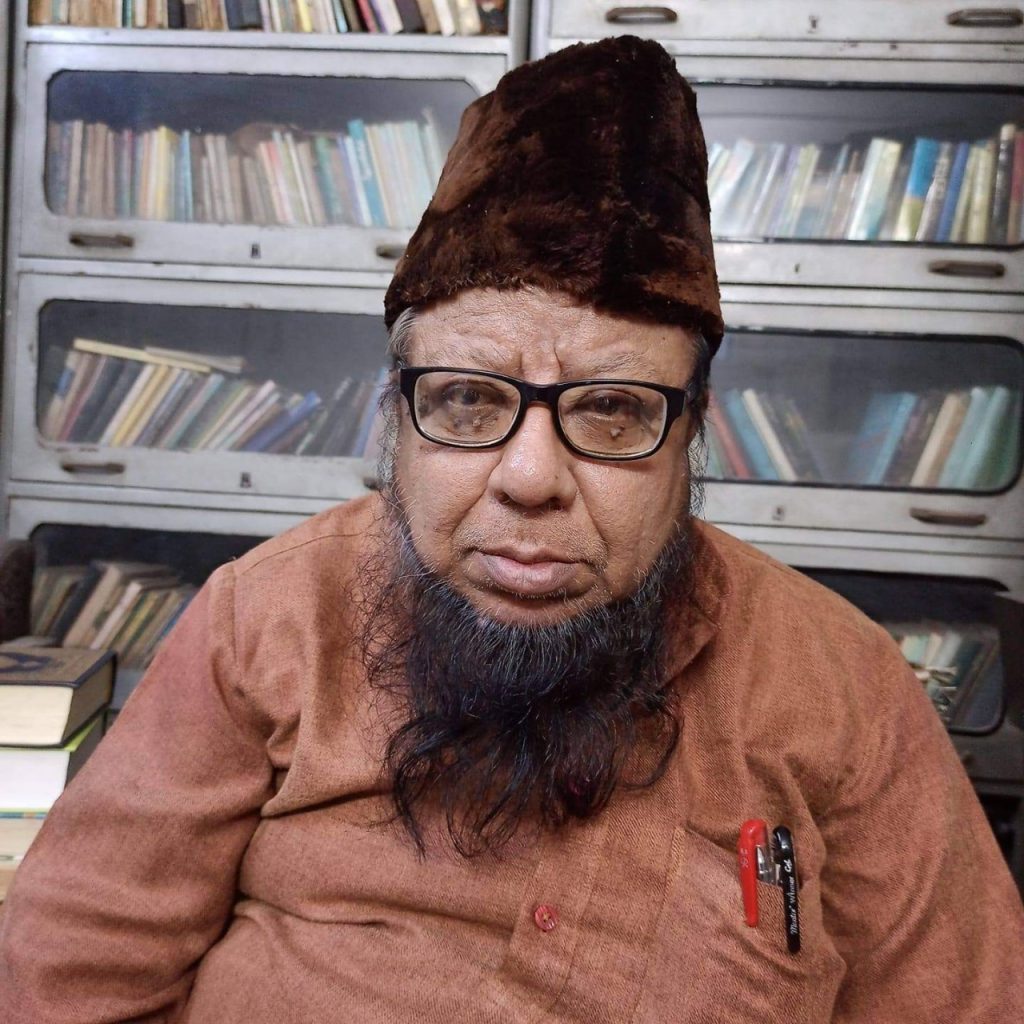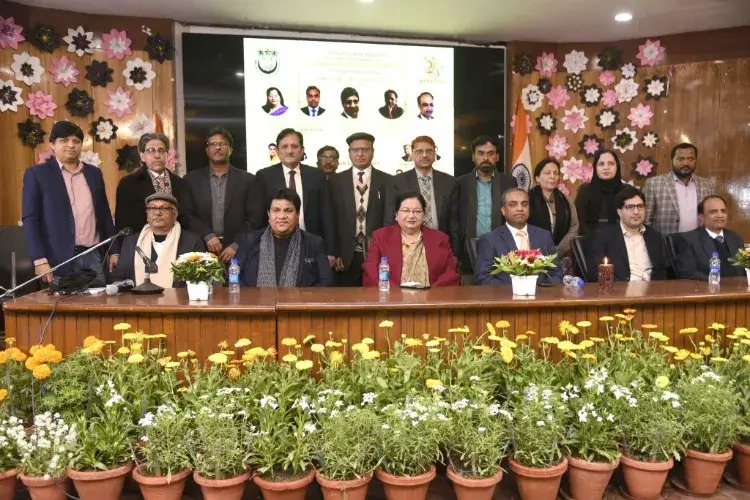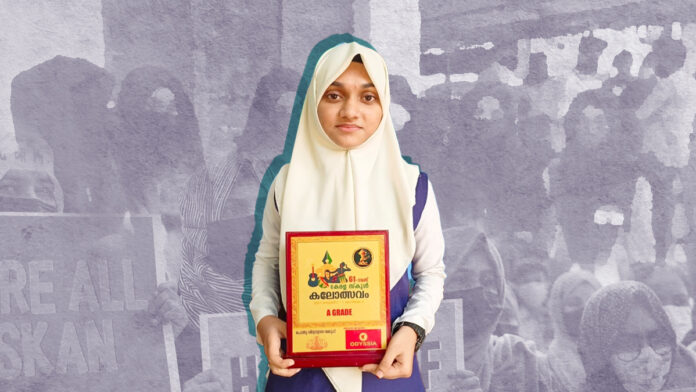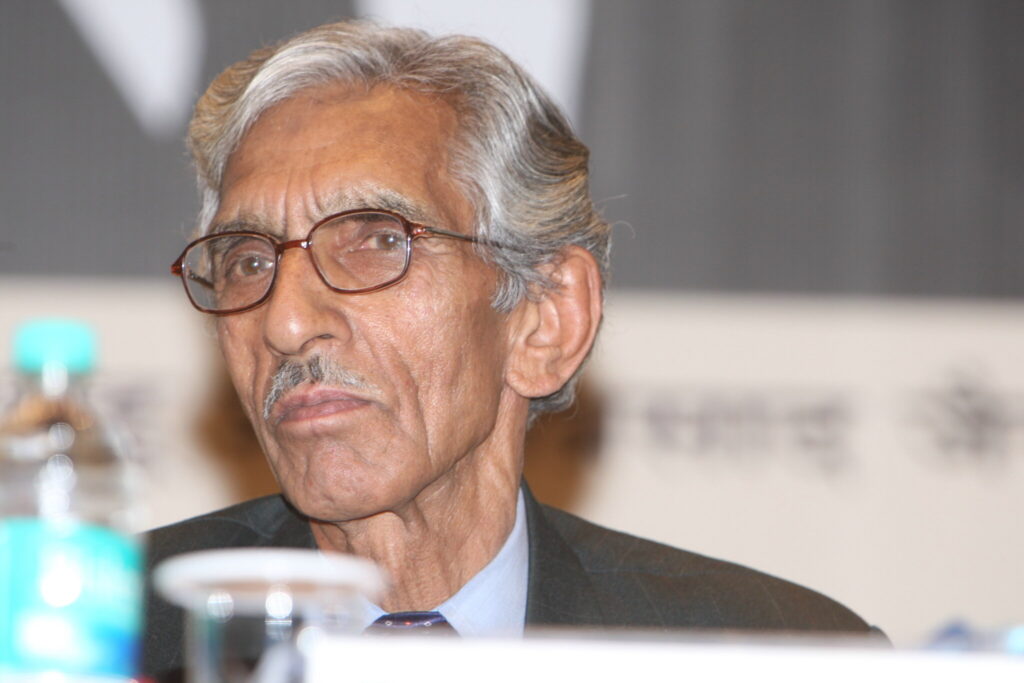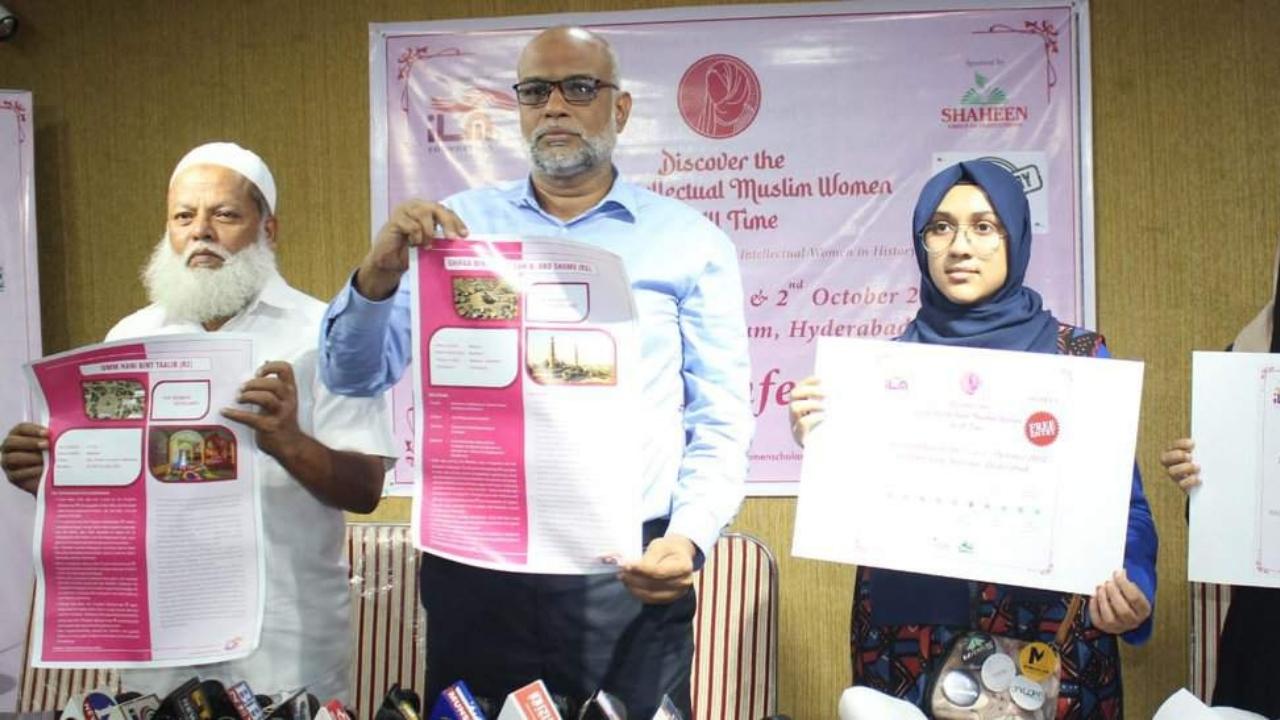WEST BENGAL:
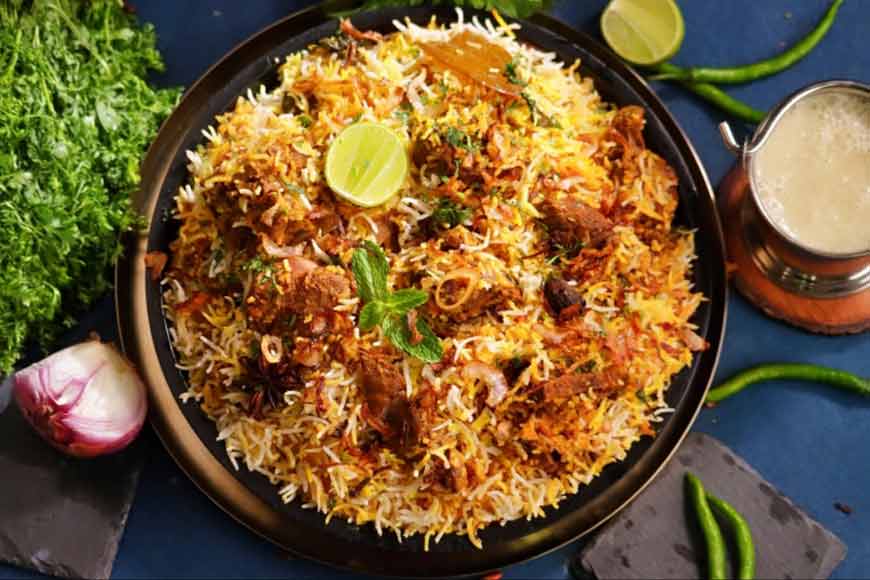
Bengalis are a race of foodies who practically eat to live and live to eat. It’s an inevitable component of any adda and the Bengalis are dead serious about it, any day, any time. Even people who have lived all their lives in the comfort zone of their homes and hearth do not hesitate to become the quintessential explorer when discovering new food or joints.
And when it comes to something like biriyani, the happiness of the Bengali Epicurean is one of exuberance and excitement and all one’s self-restraint is defeated as the flavourful aroma overpowers the senses. Truly, biryani is one dish that Bengalis unanimously love indulging in though it is not an indigenous dish of India.
The exact origin of biriyani is not known, though historian Lizzie Collingham writes that the modern biryani was developed in the royal kitchens of the Mughal Empire (1526–1857) and is a mix of the native spicy rice dishes of India and the Persian pilaf. According to Pratibha Karan, who wrote the book ‘Biryani,’ biryani is of Mughal origin, derived from pilaf varieties brought to the Indian subcontinent by Arab traders. She speculates that the pulao was an army dish in medieval India. Armies would prepare a one-pot dish of rice with whichever meat was available. Different varieties of biryani developed in the Muslim centers of Delhi (Mughlai cuisine), Rampur, Lucknow (Awadhi cuisine), and other small principalities in North India. In South India, where rice is more widely used as a staple food, several distinct varieties of biryani emerged from the Hyderabad Deccan. Whereas, some believe that the dish originated from Tamil Nadu (Ambur, Thanjavur, Chettinad, Salem, Dindigul), Kerala (Malabar), Telangana, and Karnataka (Bhatkal), where Muslim communities lived.
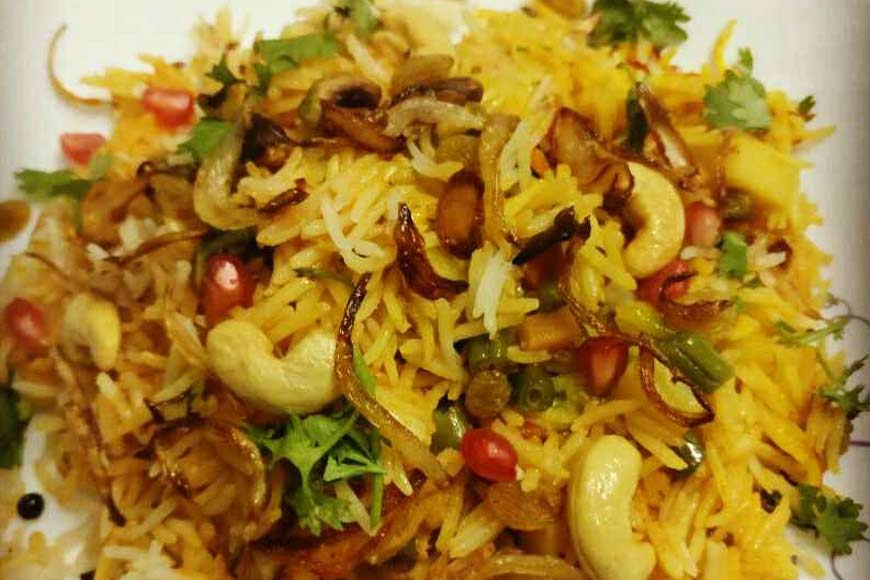
All said and done, there is no denying that biriyani staged a bloodless coup and became the monarch of all gourmets in India, kings and paupers alike. The deliciously complex blend of flavours, spices, and aromas in biryani epitomizes the zenith of Indian cuisine. The ingredients for biryani vary according to the region and the type of meat and vegetables used. Meat (of either chicken, goat, beef, lamb, prawn, or fish) is the prime ingredient with rice. As is common in dishes of the Indian subcontinent, vegetables are sometimes also used when preparing biryani. Corn may be used depending on the season and availability. Navratan biryani tends to use sweeter, richer ingredients such as cashews, raisins, and fruits, such as apples and pineapples. The spices and condiments used in biryani also differ according to regional preferences.
The evolution of biryani spans many centuries, many cultures, many ingredients, and many cooking styles. From an army dish to a dish fit for royalty, the biryani today is a pan-India culinary favourite. Its varieties reflect the local tastes, traditions, and gastronomic histories of their regions of evolution. There are so many types of biriyanis with local and hyperlocal variations that one is truly spoilt for options when it comes to experiencing this melting pot of flavours.
Biryani can be cooked using one of two styles/techniques, pakki (“cooked”) and kacchi (“raw”). In pakki biryani, the rice, marinated meat, and vegetables are partially (“three-quarters”) cooked separately, before being combined into layers in a cooking vessel. Different layers of rice may be treated with different spices (e.g., with dissolved saffron or turmeric to give the rice different colours and flavours). The contents are then baked to complete the cooking and allow the flavours to combine. Alternatively, the components may be fully cooked, and then simply combined by layering before serving.
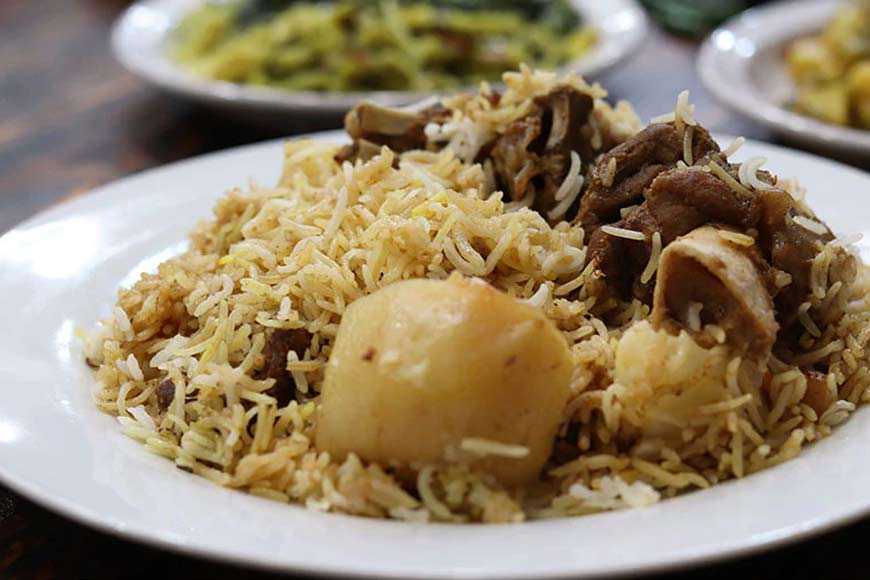
In kacchi biryani, layers of raw marinated meat are alternated in layers with wet, pre-soaked, raw rice (which may be treated with different spices as above), and cooked together by baking, or applying medium-to-low heat (typically, for at least an hour). Cooking occurs by a process of steaming from the ingredients’ moisture: the cooking vessel’s lid is sealed (traditionally, with a strip of wheat dough) so that the steam cannot escape (proper Dum pukht). A yogurt-based marinade at the bottom of the cooking pot provides additional flavour and moisture. Potatoes often comprise the bottom-most layer because, with their natural moisture content, they brown with less risk of getting burned accidentally. The lid is not opened until the dish is ready to serve.
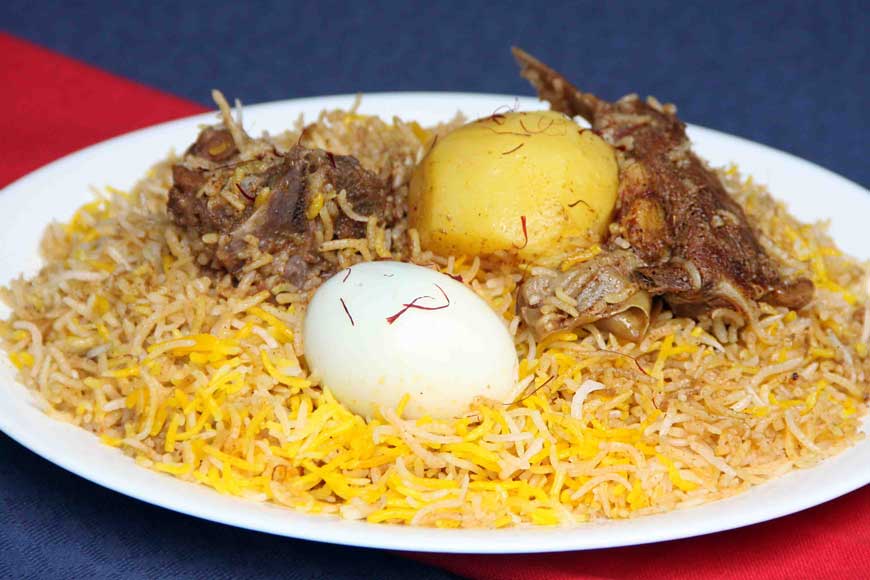
In Bengal, the Calcutta or Kolkata biryani evolved from the Lucknow style, when Awadh’s last Nawab Wajid Ali Shah was exiled in 1856 to the Kolkata suburb Metiabruz. Shah brought his chefs with him. The Kolkata biriyani is characterized by the unique presence of potato, along with meat and egg. It is said that the former Nawab of Awadh was a great connoisseur of good food and encouraged his chefs to try new ingredients in the dish. The potato was an exotic vegetable in India and his chefs added it to biriyani, transpiring pure magic!
Unlike other Indian biryanis, which are eaten with salan or raita, the Kolkata biryani is a complete meal and needs no accompaniment. Many, however, many swear by the combination of biryani and chaap—slow-cooked meat in a luscious gravy. It’s a great spicy companion to the otherwise mellow biryani. As one of the most popular dishes in Kolkata, it also has a fan following to match.
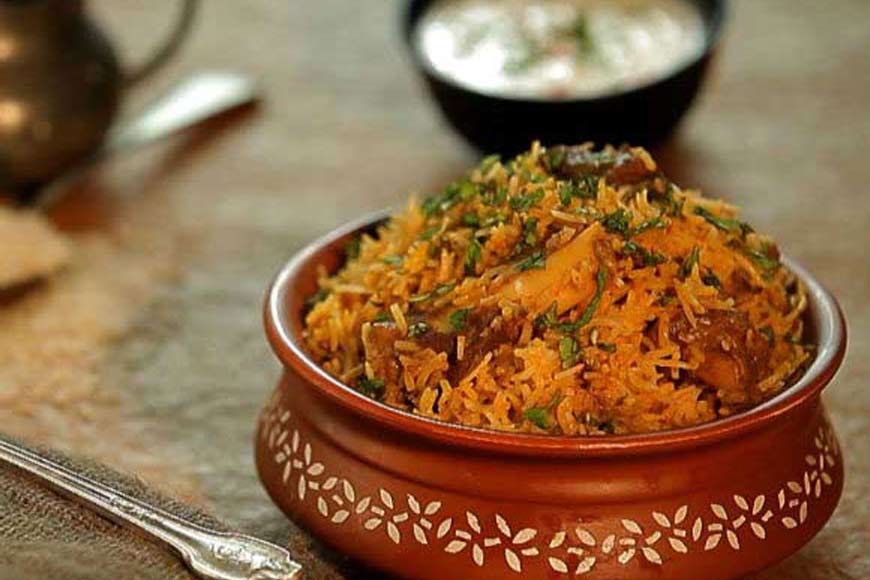
Some of the oldest and best-known biriyani joints in Kolkata include names like Shiraz Golden Restaurant on Park Street, Aminia in New Market, India Restaurant in Kidderpore, ZamZam in Park Circus, and New Aliah Hotel. Many new players have entered the fray and are also doing very well. The delicate flavour of Kolkata biriyani combines well with mutton pasanda and mutton chaap. Gourmets recommend Kachi Gosht biryani at India Restaurant, a recipe derived from Hyderabadi biryani preparations.
The Dhakai version of the dish from the Bangladeshi capital is no less seductive and is believed that it could have traversed the sea route to reach this port city, which was once ruled by nawabs. In 1610, after the Mughal rulers declared Dhaka as the provincial capital, Mughal subedars and other high officials arrived in Dhaka to manage the administration, and they brought — along with intrigue, grandeur, and tantrums — the biryani. Back then, people believed that the biryani could be prepared only for members of the ruling family, and that too on special occasions. The cooks came from the west, where the Hyderabadi biryani had only started to spread its aroma around India.
Somewhere along the way though, the Dhaka biryani developed its characteristics, which set it apart from its Hyderabadi progenitor – and even from the Sindhi, Kozhikode, Kolkata, Lucknow, and Tehari offshoots. The Kachchi Biryani is perhaps the most pleasant and authentic cuisine of Bangladesh. So, what makes Dhakai Kachchi different from other schools of biryani?
It refers to the ingredients which are cooked raw and in layers. Layers of meat, rice, and potatoes are infused with delicious blends of aromatic spices to prepare the Dhakai Kachchi Biryani. The key is to get the right balance of spices – not too spicy, not too bland, just right with succulent pieces of meat and potatoes.
Dhaka is also known for selling Chevon Biryani, a dish made with highly seasoned rice and goat meat. The recipe includes highly seasoned rice, goat meat, mustard oil, garlic, onion, black pepper, saffron, clove, cardamom, cinnamon, salt, lemon, curd, peanuts, cream, raisins, and a small amount of cheese (either from cows or buffalo). Haji Nanna Biriyani is a favourite joint as are Hazi Fakhruddin Kachchi, Shalimar Kachchi, Bashmoti Kachchi, Sultan’s Dine, and scores of others.
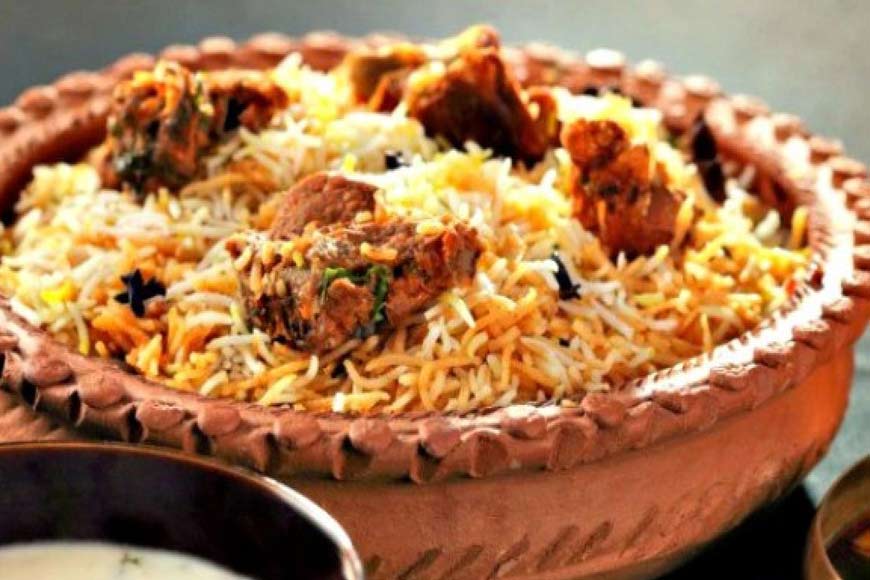
Unfortunately, a majority of biriyani lovers are not acquainted with the real taste of true-blue biriyani because the fare dished out at most eateries can be best described as “frying pan biriyani”. Here you may find long grain Basmati rice with a hint of saffron, but the traditional cooking process is not followed. Instead, most chefs have developed the fine art of “assembling” the dum ki biriyani. Despite all, Bengal’s love affair with biriyani continues unhindered and grows by the day. mellow biryani. As one of the most popular dishes in Kolkata, it also has a fan following to match.
Some of the oldest and best-known biriyani joints in Kolkata include names like Shiraz Golden Restaurant on Park Street, Aminia in New Market, India Restaurant in Kidderpore, ZamZam in Park Circus, and New Aliah Hotel. Many new players have entered the fray and are also doing very well. The delicate flavour of Kolkata biriyani combines well with mutton pasanda and mutton chaap. Gourmets recommend Kachi Gosht biryani at India Restaurant, a recipe derived from Hyderabadi biryani preparations.
The Dhakai version of the dish from the Bangladeshi capital is no less seductive and is believed that it could have traversed the sea route to reach this port city, which was once ruled by nawabs. In 1610, after the Mughal rulers declared Dhaka as the provincial capital, Mughal subedars and other high officials arrived in Dhaka to manage the administration, and they brought — along with intrigue, grandeur, and tantrums — the biryani. Back then, people believed that the biryani could be prepared only for members of the ruling family, and that too on special occasions. The cooks came from the west, where the Hyderabadi biryani had only started to spread its aroma around India.
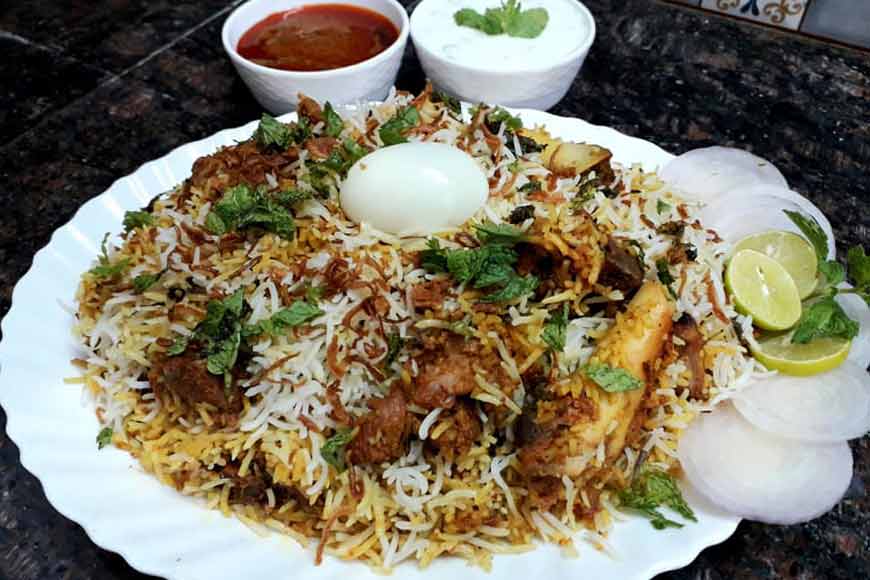
Somewhere along the way though, the Dhaka biryani developed its characteristics, which set it apart from its Hyderabadi progenitor – and even from the Sindhi, Kozhikode, Kolkata, Lucknow, and Tehari offshoots. The Kachchi Biryani is perhaps the most pleasant and authentic cuisine of Bangladesh. So, what makes Dhakai Kachchi different from other schools of biryani?
It refers to the ingredients which are cooked raw and in layers. Layers of meat, rice, and potatoes are infused with delicious blends of aromatic spices to prepare the Dhakai Kachchi Biryani. The key is to get the right balance of spices – not too spicy, not too bland, just right with succulent pieces of meat and potatoes.
Dhaka is also known for selling Chevon Biryani, a dish made with highly seasoned rice and goat meat. The recipe includes highly seasoned rice, goat meat, mustard oil, garlic, onion, black pepper, saffron, clove, cardamom, cinnamon, salt, lemon, curd, peanuts, cream, raisins, and a small amount of cheese (either from cows or buffalo). Haji Nanna Biriyani is a favourite joint as are Hazi Fakhruddin Kachchi, Shalimar Kachchi, Bashmoti Kachchi, Sultan’s Dine, and scores of others.
Unfortunately, a majority of biriyani lovers are not acquainted with the real taste of true-blue biriyani because the fare dished out at most eateries can be best described as “frying pan biriyani”. Here you may find long grain Basmati rice with a hint of saffron, but the traditional cooking process is not followed. Instead, most chefs have developed the fine art of “assembling” the dum ki biriyani. Despite all, Bengal’s love affair with biriyani continues unhindered and grows by the day.
source: http://www.getbengal.com / Get Bengal / Home> Culture> Food / by Shuvra Dey / November 16th, 2022
